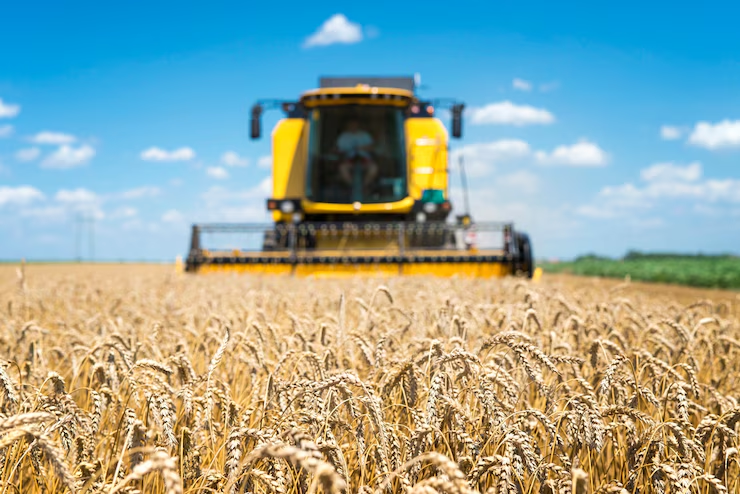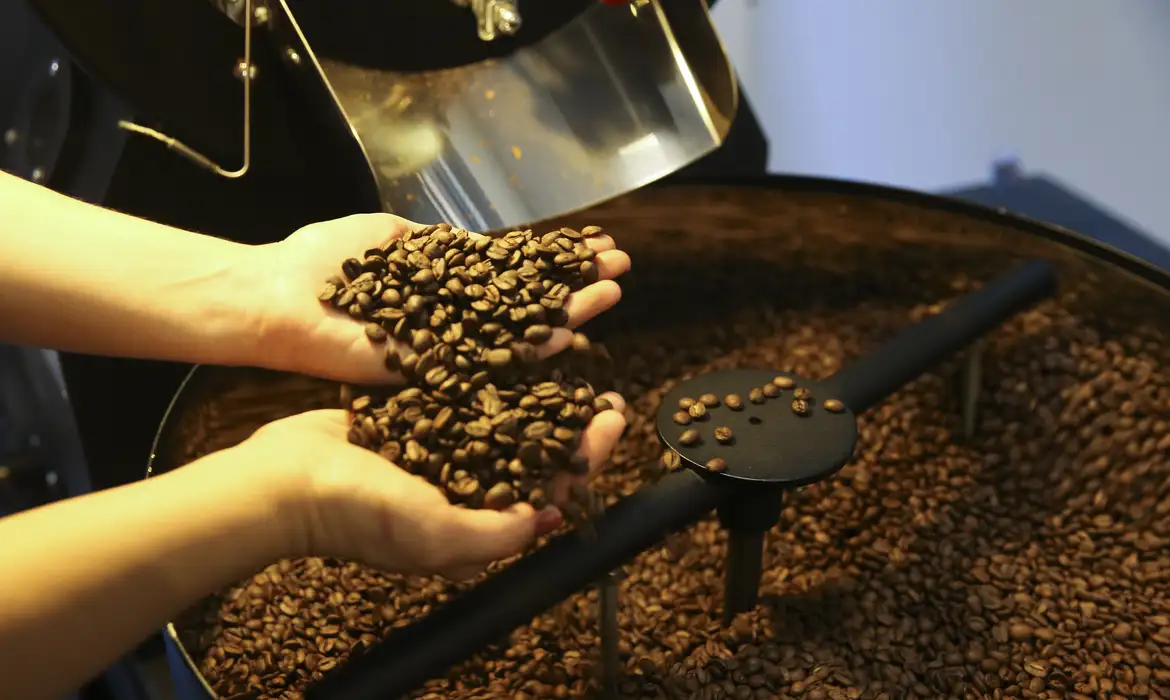IBGE forecasts harvest of 299.6 million tons for 2024

The survey manager, Carlos Barradas, highlights that soybean production, considered the main commodity of the country, increased 0.9% compared to the March estimate, reaching the mark of 148.3 million tons. However, this number still represents a 2.4% drop compared to last year’s total production.
“For corn, the forecast is 115.8 million tons, a drop of 0.3% compared to the previous month — and a reduction of 11.7% compared to what we produce in 2023. Weather problems during the harvest summer reduced the potential of the 2024 Brazilian grain harvest, mainly in relation to soybean and corn production”, informs Barradas.
The boy
According to the survey, the effects of the El Niño climate phenomenon, characterized by excess rainfall in the states of the Southern Region and the lack of regular rainfall and high temperatures in the Center-North of Brazil, resulted in a limitation in the productive potential of the legume in many of the producing federation units.
Agribusiness consultant João Crisóstomo, from BMJ Consultores Associados, highlights that the The boy It was a challenge in the 2023/2024 harvest, causing a delay in rain. “The climate phenomenon caused a delay in rain — which consequently delayed sowing and harvesting, especially in the Center-West, which is where this delay in rain was observed in Mato Grosso”, he explains.
He points out that the The Child tIt also highlighted logistical problems that occur in Brazil, such as in infrastructure with production flow.
“Storage and flow, including in ports, has a bottleneck caused by the country’s highways and railways, and every time it comes to harvest time it becomes very evident. Even in a year like this, in which we will probably have lower production compared to last year, we will end up observing what the bottleneck in production will be like”, he highlights.
Despite the challenges, the agribusiness consultant highlights that this is one of the most important sectors for the Brazilian economy — and contributes significantly to the Brazilian GDP.
Regional production
The IBGE shows that the estimated production of cereals, legumes and oilseeds showed positive annual variation for two regions: the South (8.3%) and the North (7.6%). There was a negative annual variation for the others: the Central-West (-12.2%), the Southeast (-10.5%) and the Northeast (-3.1%).
Mato Grosso leads as the largest national grain producer, with a share of 28.0%, followed by Paraná (13.4%), Rio Grande do Sul (13.3%), Goiás (10.6%), Mato Grosso do Sul (8.3%) and Minas Gerais (5.6%), which, together, represented 79.2% of the total.
Other grains
The survey shows that, for rice, the estimated production was 10.5 million tons — an increase of 2% in relation to what was produced in 2023. For beans, the forecast is 3.3 million tons — an increase of 11% compared to what was produced the previous year.
Read more:
Cattle slaughter recorded an increase in the 1st quarter of 2024; points out IBGE
Rural credit disbursement reaches R$347.2 billion in 10 months, Mapa points out
By Brasil 61




